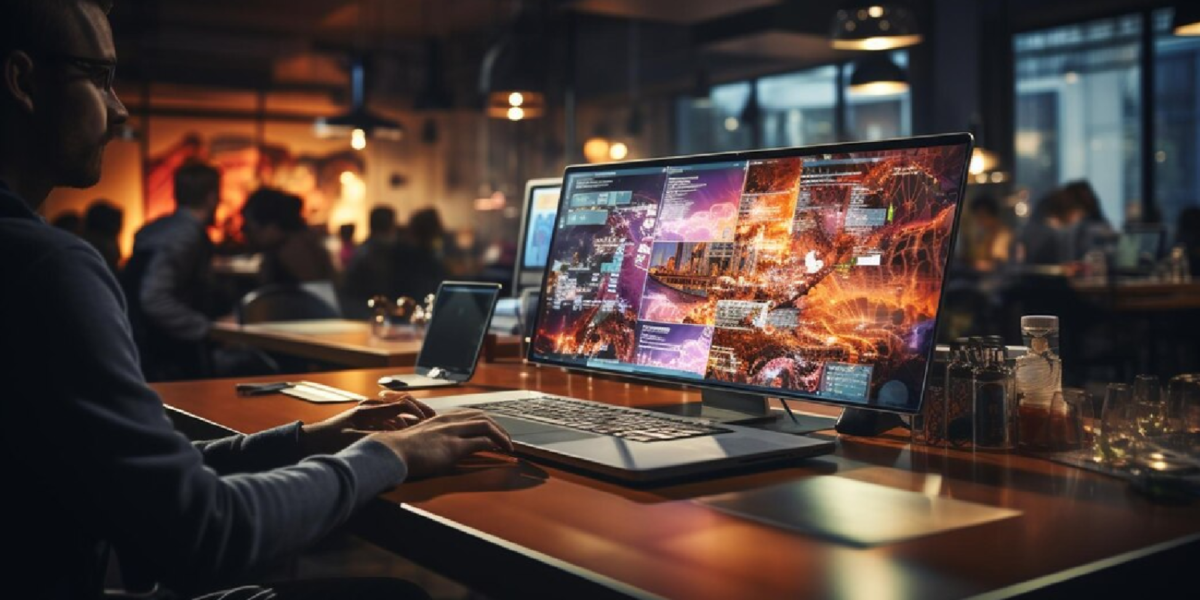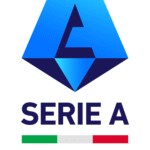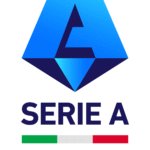Animation is no longer confined to the realms of entertainment alone—it’s now a vital storytelling medium used across industries, from marketing and education to gaming and virtual reality. One of the most critical aspects of animation that separates average work from visually compelling masterpieces is movement animation. In 2025, where viewers crave high-quality, immersive experiences, mastering movement animation is more important than ever.
But it’s not just about mimicking reality. Animators today are increasingly turning to stylized art styles to create unique and emotionally resonant experiences. This combination of fluid motion and stylistic expression allows creators to capture attention while telling stories that are both visually stunning and deeply meaningful.
What Is Movement Animation?
At its core, movement animation refers to the technique of animating objects, characters, or elements so that they move in a believable and engaging way. It encompasses everything from a character’s walk cycle to the swaying of trees or the exaggerated gestures of cartoon figures.
While realism is often the goal in traditional animations or 3D visualizations, 2025’s animation landscape favors a more hybrid approach—blending realism with creative exaggeration. This approach not only brings life to the screen but also helps define a brand’s voice or a narrative’s tone through its visual rhythm.
Why Fluid Movement Matters
Fluid movement in animation mimics the continuity and flow of natural motion. When done correctly, it ensures that transitions between poses are seamless, expressions feel genuine, and every motion tells part of a story. Here’s why it’s essential:
-
Enhances Emotional Connection: Viewers subconsciously judge character realism and emotion through movement. A stiff animation loses the human element.
-
Drives Visual Storytelling: Actions often speak louder than words. Movement can suggest urgency, calmness, joy, or conflict without a single line of dialogue.
-
Elevates Aesthetic Appeal: Smooth and coherent motion pleases the eye. It keeps viewers engaged and encourages them to watch longer.
If you want to stand out in the crowded content space of 2025, mastering this animation technique is non-negotiable.
Stylized Art Style: A Visual Game-Changer
While realism in movement animation is crucial, adding a stylized art style can elevate your visuals beyond expectations. Stylized animation refers to using artistic exaggeration or abstraction to convey ideas more creatively. Think of the hand-drawn aesthetic of Spider-Man: Into the Spider-Verse or the painterly style of Klaus. These are not just animations; they are visual experiences.
So why is stylization so powerful?
-
It Builds Brand Identity: A unique look helps your project stand out and become instantly recognizable.
-
It Adds Emotional Texture: Stylized visuals can amplify moods—whether dreamy, comedic, eerie, or whimsical.
-
It Allows More Creative Freedom: Stylization isn’t bound by the rules of physics. You can bend reality to emphasize key story elements.
In 2025, combining movement animation with a stylized art style is a winning formula for brands, storytellers, and educators alike.
Key Principles to Master Movement Animation
Let’s break down some essential principles and techniques that you should focus on:
1. Timing and Spacing
Timing refers to how long an action takes, while spacing refers to how the object or character moves within that time. Proper timing creates weight, realism, and impact. Play with spacing for dynamic anticipation and follow-through effects.
2. Ease In and Ease Out
Avoid linear motion—it feels robotic. Instead, ease movements in and out of key poses to mimic how living beings naturally move.
3. Arcs
Most natural movement follows curved paths, not straight lines. Whether it’s a head turn or a jump, incorporating arcs ensures smoother motion.
4. Overlapping Action
Different parts of a body or object don’t stop or start moving simultaneously. Use overlapping actions to depict weight, flexibility, and realism.
5. Exaggeration
In stylized animation, exaggeration is your friend. Emphasize movements for comedic effect, drama, or impact. Just ensure it aligns with your story’s tone.
Tools and Software in 2025
With AI and real-time rendering taking center stage, animation tools have never been more powerful. Whether you’re working with Blender, Maya, Adobe After Effects, or Toon Boom Harmony, 2025’s software now integrates physics simulations, procedural movement systems, and motion capture data that can be stylized after capture.
Some leading tools include:
-
Cascadeur – AI-assisted posing and physics-based motion
-
Spine – Great for 2D skeletal animation in games
-
Adobe Character Animator – Perfect for quick stylized talking heads using real-time input
But no matter the tool, the principles of great movement animation remain the same.
Bring Your Ideas to Life with Our Motion Graphics Studio
If you’re ready to bring your vision to life but don’t know where to start, animate your dreams with our motion graphics studio. At Animated Videos, we specialize in crafting visually captivating animations that blend fluid motion with eye-catching stylization. Our team of seasoned animators, 3D modelers, and creative directors work together to turn your concepts into cinematic experiences.
Whether you’re producing a promotional video, explainer content, or a full-blown animated series, our focus on movement animation ensures your story moves—not just literally, but emotionally and visually.
We don’t just animate; we animate your dreams.
Final Thoughts: Movement Meets Meaning
In a world overwhelmed by content, audiences remember what makes them feel. That’s the magic of well-crafted movement animation—it doesn’t just entertain; it resonates. Combine it with a compelling stylized art style, and you’ve got a powerful storytelling tool that can transform your project from good to unforgettable.
In 2025, animation is no longer just about technique—it’s about emotion, identity, and engagement. So whether you’re a studio, a brand, or a solo creator, it’s time to move beyond static visuals.
Let motion tell your story.












